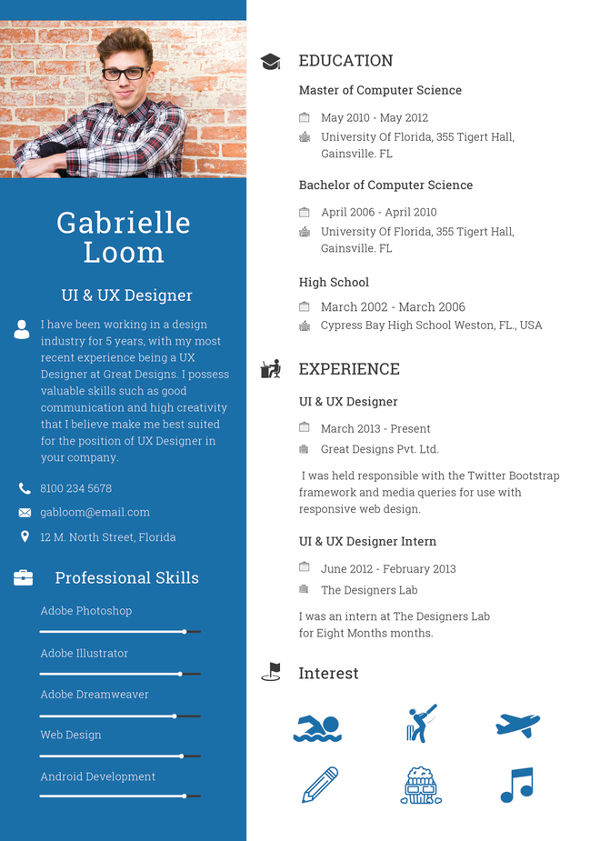

Generalist: A generalist has a broad number of responsibilities.

Becoming well-known in the industry for your expertise in a particular type of design.Gaining deep knowledge of one type of design.Focusing on one type of design that you enjoy more than others.Some of the benefits of becoming a specialist include: Specialist UX designers are more common at large companies that have a lot of designers, like here at Google. Specialist: A specialist dives deep into one type of UX design, like interaction, visual, or motion design, and becomes an expert. Horizontal line – representing a Generalist, broad number of responsibilities T-shaped – expert at one thing and capable in a lot of other things What exactly are the differences between specialist and generalist UX designers? Read on to learn more! Vertical line – representing a specialist, expert at one thing. Specialist and generalist designersĪs you get further along in your career, you can choose to specialize in a certain area of UX design or keep your skill set more broad. You need to be a good listener, be receptive to feedback, and share your ideas in a clear way. UX design is a very collaborative field, so being able to communicate both digitally and face-to-face with teammates is important. You’ll learn some of the most important principles of visual design throughout this certificate program.Įffective communication: Effective communication as a UX designer means connecting with your colleagues through emails, meetings, presentations, and design software. As a UX designer, you need to understand the foundations of visual design in order to communicate the connection between a product’s functionality and its appearance to users. Visual design: Visual design focuses on how the product or technology looks. You’ll make multiple prototypes for any given product throughout the design process.

Sometimes a prototype is made to demonstrate one specific feature of a product, like the transition between screens or the way the product physically looks and feels. Prototypes can be in physical or digital formats and can vary in complexity. Prototyping: A prototype is an early model of a product that demonstrates its functionality. Wireframing helps you bring your design ideas to life, so other people on your team can provide input and feedback. Wireframes can be drawn by hand or created digitally using software. They’re mostly lines and shapes, with some text. As the name suggests, wireframes look like they were created with wires. Wireframing: A wireframe is a basic outline or sketch of a product or a screen, like an app or website. Everything in your product should be organized in ways that make sense to the user and meets their expectations. Think of IA as a skeleton that outlines how users interact with your product. Information architecture: Information architecture, or IA for short, involves deciding how your product is organized and structured. We’ll explore user research in much more detail in an upcoming course. Your research methods might include surveys, observations, and interviews.

Through research, you’ll learn about users’ backgrounds, demographics, motivations, pain points, emotions, and goals. User research: User research is about understanding the people who use your product.
#Entry level ux designer series#
Icons include user research (a tablet with magnifying glass over it) Information architecture (a series of 3 colored, numbered bars) Wireframing (a graphic of a wireframe) Protoyping (a graphic of a desktop monitor with protoype of mobile device on screen) Visual design (a mobile phone next to paint swatches) Effective communication (a graphic of two people talking) When you first start out, you’ll probably take on a lot of different roles and responsibilities. Responsibilities of an entry-level UX designerĪs an entry-level UX designer, you’ll have a lot of exciting opportunities to gain experience. You’ll also review the differences between generalist, specialist, and T-shaped UX designers. In this reading, you can explore the different responsibilities that entry-level UX designers commonly take on during a project. As you start out on your path to becoming a UX designer, you’re probably curious about the actual work your new career might involve.


 0 kommentar(er)
0 kommentar(er)
